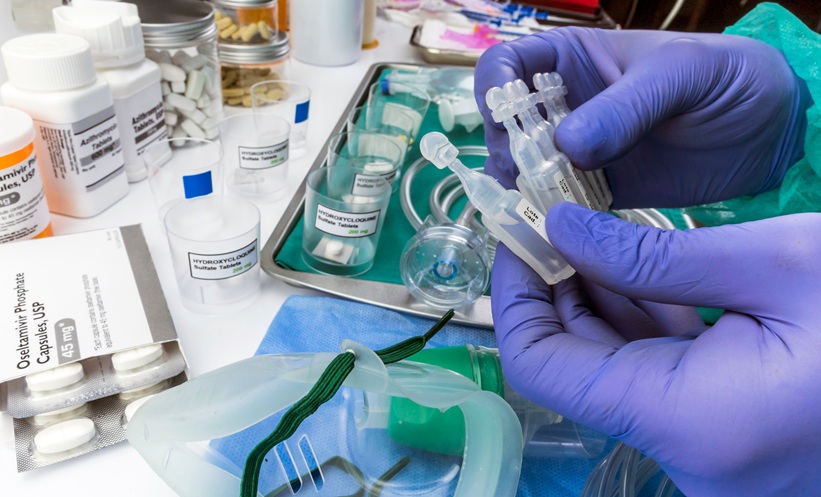Why This Matters for Clinical Practice
HUNTINGTON’S disease is progressive and incurable, so modifiable factors that influence symptom onset and progression are clinically relevant. Using Periodic Dataset 4 from Enroll-HD, investigators…

Why This Matters for Clinical Practice
HUNTINGTON’S disease is progressive and incurable, so modifiable factors that influence symptom onset and progression are clinically relevant. Using Periodic Dataset 4 from Enroll-HD, investigators…

Panelists discuss how living with atopic dermatitis (AD) deeply affects children and their families, extending beyond the skin to touch every aspect of daily life. Children with AD often struggle with constant itching, visible rashes, and…

Air pollution may significantly worsen insulin resistance and metabolic disorders like type 2 diabetes.
Research suggests that PM2.5 exposure impairs brown adipose tissue function, disrupting its ability to regulate metabolism.
The impairment is…

One in six laboratory-confirmed bacterial infections causing common infections in people worldwide in 2023 were resistant to antibiotic treatments, according to a new World Health Organization (WHO) report launched today. Between…

In a landmark public health achievement, the World Health Organization (WHO) has validated the Maldives for eliminating mother-to-child transmission (EMTCT) of hepatitis B, while maintaining its earlier validation (in 2019) for…

Mycoplasma pneumoniae accounts for a meaningful proportion of community-acquired pneumonia (CAP) in younger hospitalized adults. This prospective analysis compared clinical…

Ronald Klein was biking around his neighborhood in North Wales, Pennsylvania, in 2006 and tried to jump a curb. “But I was going too slow — I didn’t have enough momentum,” he recalled.
As the bike toppled, he thrust out his left…

Newswise — The WHO strategy calls for 90% of girls fully vaccinated against the human papillomavirus (HPV) by age 15; 70% of women screened with a high-performance test by age 35 and again at 45; and 90% of women with…

Chronic Obstructive Pulmonary Disease (COPD) is a progressive, but preventive and treatable, lung disease characterized by an obstruction of airflow. It is an umbrella term which includes chronic bronchitis, emphysema, or a…
This request seems a bit unusual, so we need to confirm that you’re human. Please press and hold the button until it turns completely green. Thank you for your cooperation!